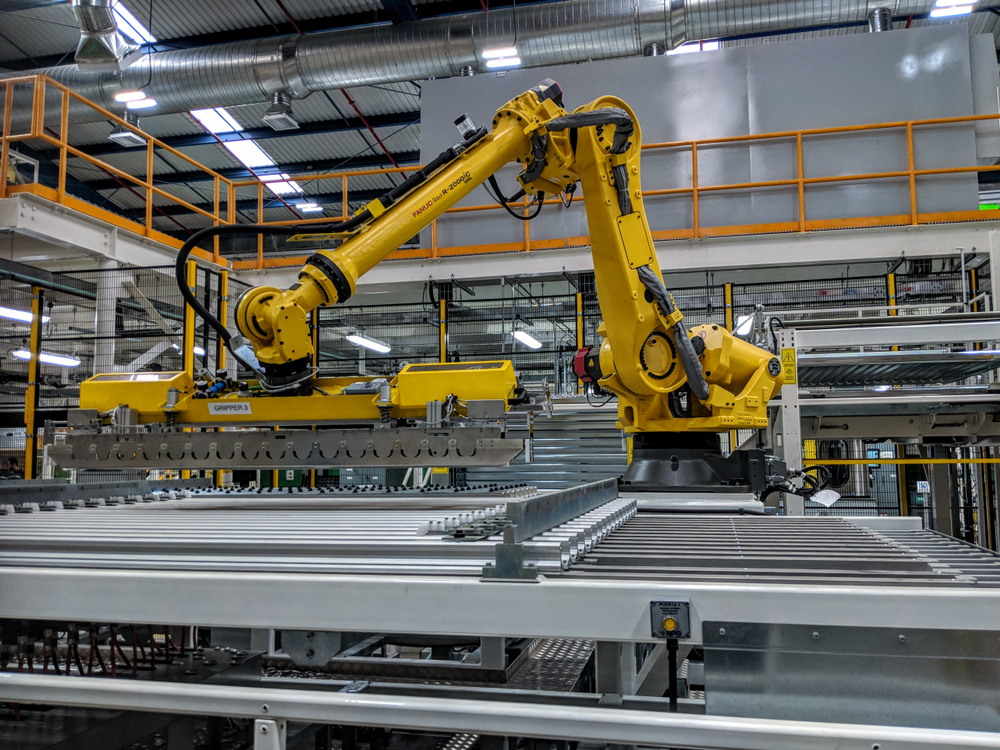There's been a lot of talk regarding the state of offshoring for many businesses. The fluctuating markets create a lot of uncertainty as to whether the cost benefits of offshoring are beneficial. It's a political subject, with presidential candidate Donald Trump building his campaign around the idea that many of those affected by offshoring should get their jobs back, according to the Washington Post. Moreover, the long-time standby for many companies, China, sees an uptick in its labor costs.
These issues, among other trends, are the factors A.T. Kearney cites in its annual report on offshoring. It made a bold prediction that a radical change will occur in labor practices that will cause outsourcing practices to be less useful in the coming years, according to Forbes. In particular, automation of most tasks will undermine the low-cost benefits of labor in other countries.
However, this belief is a bit misleading. For one thing, A.T. Kearney acknowledges outsourcing and offshoring won't necessarily go away. Secondly, there are many different reasons that offshoring, especially to countries like Mexico, will benefit manufacturing for years to come. While there may be significant changes coming to offshoring, Mexico will have certain benefits to its favor that will still make it useful for U.S. companies seeking a way to cut down costs in manufacturing the products and goods they sell on a regular basis.
"Any wage advantages China had will be gone by 2020."
Reshoring to the States? Not entirely true
First, there is a myth worth dispelling. The conventional wisdom around reshoring is that the cost of labor in China continues to rise, thus negating the need to offshore entirely in the first place and ring operations back into the U.S. There is some merit to the argument, as Machine Design noted. Citing information from the Boston Consulting Group, the blog pointed out the Chinese government's policy of requiring all companies to grant minimum wage increases on average of 13 percent starting in 2011. This means any wage advantages China had over the U.S. will be gone by 2020.
However, this belief only makes sense in China. In Mexico, the story is different. Wages in manufacturing are consistent in the country, with the nominal range over the last eight years being between $2 and $3.60 per hour, according to Trading Economics. While daily wages are now around 300 Mexican pesos, this increase is offset by the depreciation of the currency, which now trades at around 6 cents per peso.
In this situation, it only makes sense that if reshoring actually occurs, it doesn't happen in the United States. A.T. Kearney's Reshoring Index show a rating of -115 that indicates far more businesses are sending their operations offshore than bringing them back to American shores. It was the largest year-over-year decrease in 10 years.
The Reshoring Index cited an increase in nearshoring in Mexico, pointing out the primary benefit of moving operations down to Mexico: While it maintains the low costs of labor previously associated with manufacturing in China, it also has the closest connection to the U.S. supply chain. Moreover, as noted by the Reshoring Index, the signing of the Trans-Pacific Partnership, of which both the United States and Mexico are participating nations, will help further bring down barriers associated with nearshoring in the country.
Education an essential element
One of the major factors noted by A.T. Kearney about the change in offshoring is the rise of automation, and how it will affect labor by presenting itself as a lower-cost alternative to most jobs. Forbes took this a step further by noting that as machine learning advances, robotics will not need any training to complete any sort of tasks. They're also impervious to corruptive practices such as bribery.
"Mexican students in STEM fields will benefit manufacturing automation."
Of course, with the rise of robots to complete manufacturing tasks, there is a need for highly-educated and skilled labor to fill in the gaps. The Washington Post noted this tends to be the case with most offshoring operations. However, that still shows the benefits of offshoring in Mexico. There are nearly 3.5 million students enrolled in a university-level education in Mexico, according to the World Education News and Reviews. Moreover, the Dallas Morning News reported 14,779 Mexican university students studying in the U.S., with 31.5 percent of them majoring in science, technology, engineering and mathematics fields. It is these particular majors that will be most useful for offshoring operations that use automation.
When the students graduate and return home to Mexico, they will bring value to their communities while at the same time deliver the necessary skills required to interact with these new modes of manufacturing operation. This helps maintain the benefits of nearshoring to Mexico, even as the concept changes.
Subscribe
Sign up and stay informed with tips, updates, and best practices for manufacturing in Mexico.





